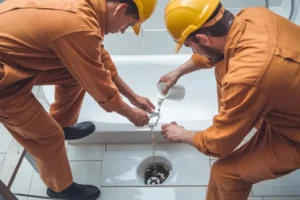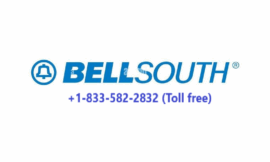Drain cleaners are powerful chemical solutions used to clear blockages in pipes, but their strength largely depends on one key factor: pH level.
Most household drain cleaners are strongly alkaline, with pH levels typically ranging from 11 to 14. This high pH helps break down stubborn clogs caused by grease, hair, and food waste. These cleaners often contain ingredients like sodium hydroxide (lye) or potassium hydroxide, which react with organic material, turning it into a soap-like substance that washes away easily.
On the other hand, acid-based drain cleaners—less common but still used—have a very low pH, often between 1 and 2, and are effective against mineral buildup. However, both types can be hazardous if misused.
Why Understanding pH Matters
The pH level of a drain cleaner not only determines how effective it is but also how safe it is to use. High or low pH products can corrode pipes, damage fixtures, and pose serious health risks if they come in contact with skin or eyes. Knowing the chemical makeup of your cleaner can help you choose the safest and most efficient option for your plumbing needs.
For a deeper dive into the science behind these products—including how different types of drain cleaners work and how to use them safely—check out this helpful guide:
👉 How Much pH Does Drain Cleaner Have?
This blog explains everything you need to know before reaching for that bottle under the sink.



